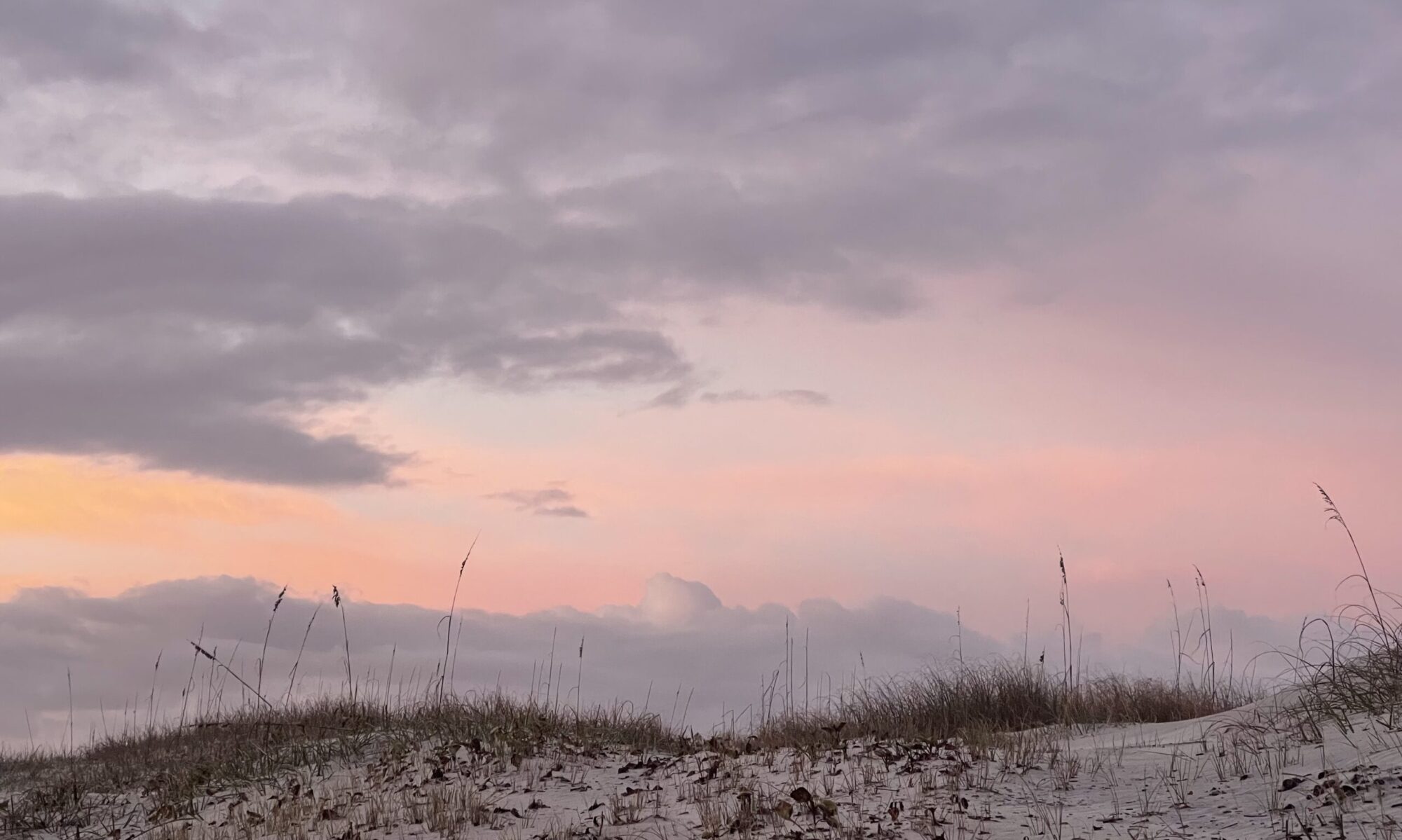If there’s one thing that’s become clear to me is that everything you create is intentional and carries meaning. In my first post, I wrote that I didn’t believe myself to be a creative person. However, through the creation of my own works, I see that this is not the case. There’s always something to convey, there’s always been a reason behind everything I’ve made. The first step for me was understanding the different design elements and learning how they work together. Being able to understand this and having the vocabulary to articulate it allowed me to consider each element when searching for an image that represented my qualities (my Metaphorical Me). I was also able to use these skills to find those elements in my surroundings. Lines, shapes, shadows, patterns and textures exist all around me, what I was missing was perspective. When tasked with looking, it was surprisingly easy finding and capturing these elements in my tiny apartment (see image below).
Of course, that’s only one side of the coin. The other side is how your work is perceived, which is something that is just as important, especially if you want to make sure your intended message comes across. For example, the image below is the one I took for my carte de visite. By itself, it doesn’t say much. Anyone who sees this image would probably ask why I’m trying to hold up the Greenway Trail sign. However, I changed and added some elements in order to change the meaning of the image. I arranged the items to be cluttered and competing against each other, but it came across as “contained and settled”. 1This gave me pause and I reconsidered how I could’ve arranged them differently, and how this particular arrangement changed the meaning of the image entirely. I wanted to convey how it felt to have to balance so many roles at once. In the end it was a perfect representation of my life: contained on the outside but spiraling internally.
This is why it’s important to consider how others will view what you create. Visual thinking allows us to use images and representations to convey messages and ideas. As is stated in Practices of Looking, “a single image can serve many purposes, appear in an array of contexts, and mean different things to different people” (Sturken and Cartwright 13). What we see is not only dependent on the physical image and composition, but also the cultural context and our own personal experience. Returning to my carte de visite, I relied on the connotations of my objects to convey my message. However, depending on people’s own relationships with their parents, siblings, coworkers, and spouses, their reactions will vary widely. However, I still implemented color, shape, space, proximity, balance, and many other elements of design in order to convey the weight of carrying so many responsibilities.

Looking extends not only to works of art but to all forms of media consumption, including websites. For my website, I created a platform that encapsulates my personality and interests. Maybe it’s because I live a cluttered life, but I wanted the website to feel peaceful and inviting through the use of space and color. As soon as you enter the website, you see an image of a sunrise in Cumberland Island, an island that has been largely untouched by humans. In this space I created, you can find my process posts as well as all my other hobbies and musings. As of now, the purpose of the website is a reflective venue and a place to showcase my work, interests, and advocacy. My photographs offer a personal touch and a sense of authenticity. I don’t want to hide; on my advocacy page I detail my struggles as an undocumented immigrant. Of course, even this is carefully curated. I currently have 23,822 photos in my camera roll on my iPhone. I am picking and choosing to post only a fraction of everything I have captured. It is through the use of these photographs that I will continue to communicate visually to my audience as I further develop my page.
Ultimately, visual communication stems from being able to hone the art of looking at something and being able to discern the meaning through the elements it’s composed of and the context it exists in. With this in mind, I hope to continue thinking deeply about how I use visual media to communicate.
References:
Sturken, Marita, and Lisa Cartwright. “Images, Power, and Politics.” Practices of Looking: An Introduction to Visual Culture, 3rd ed., Oxford University Press, 2017, pp. 13.
- See Professor Ruby’s comment on “Photoshop OR: The Return to My Fangirl Years” https://docs.google.com/document/d/1fj5RphUMAsEieKJKC9hK3vmsaQgApIPrCa9sN0C-vWg/edit?usp=sharing ↩︎
My Plan For This Website Moving Forward

